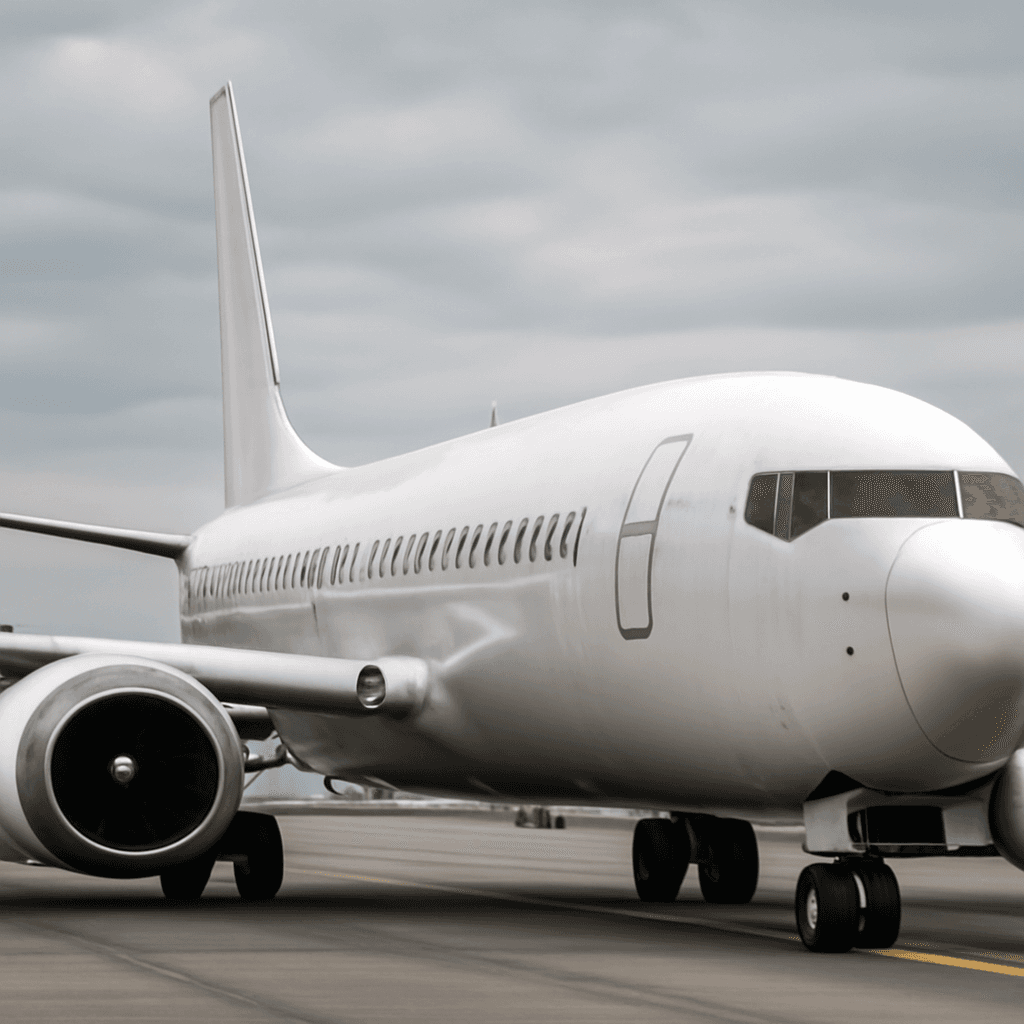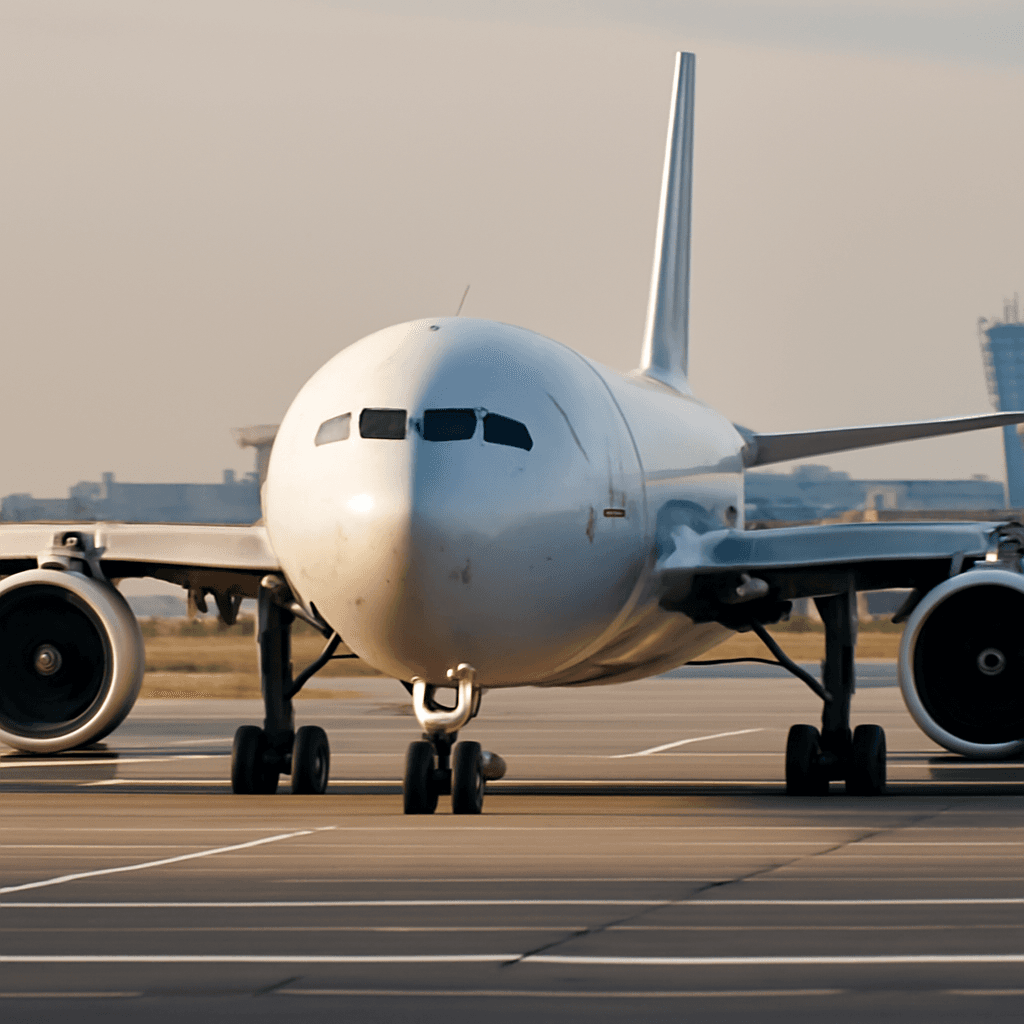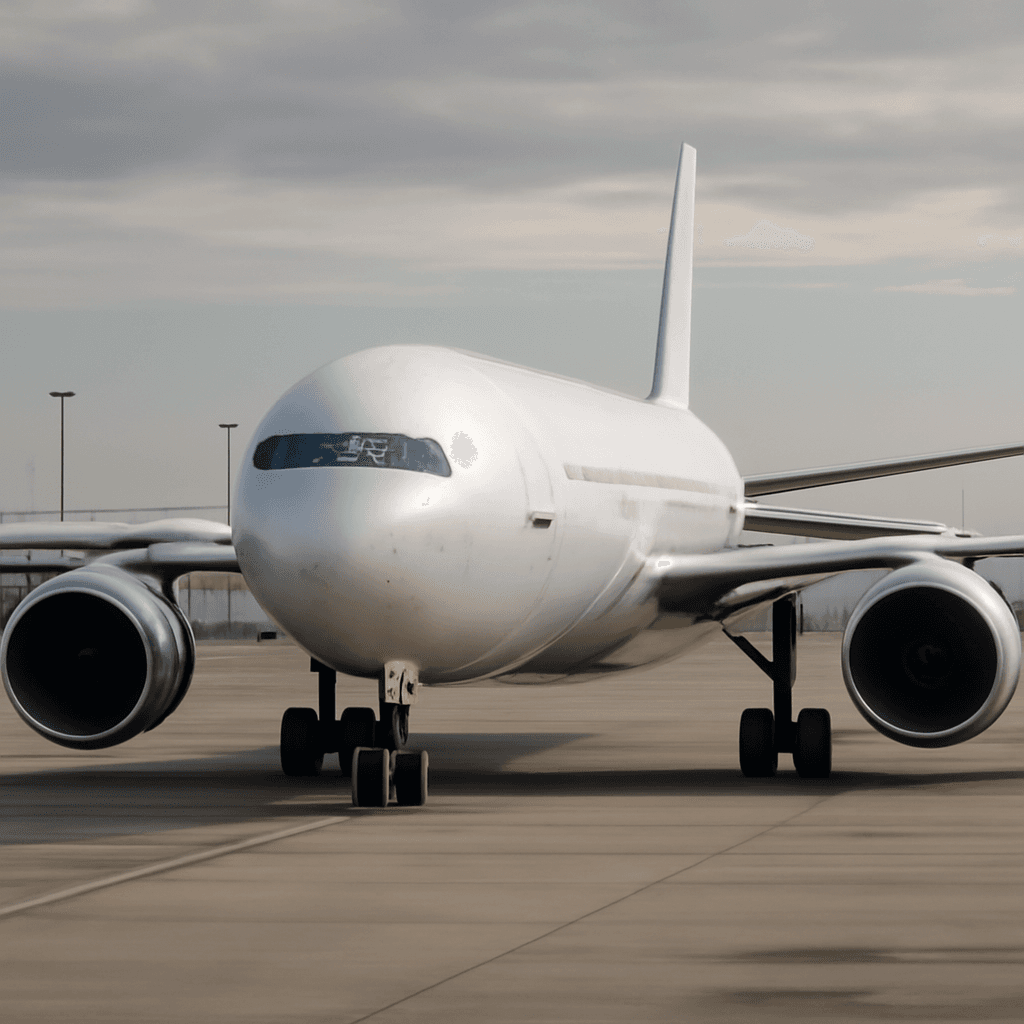Global Airlines Reduce Profit Outlook for 2025
Global airlines have revised their profit forecast for the year 2025 downward, citing growing trade tensions and declining consumer confidence as primary challenges. Additionally, delays in aircraft deliveries are severely impacting airlines' growth potential and operational efficiency.
Profit Predictions and Economic Impact
The International Air Transport Association (IATA) now projects that global airlines will collectively earn $36.0 billion in profit this year. This figure is a slight reduction from an earlier forecast of $36.6 billion issued last December.
Despite this downward revision, airline profits for 2025 remain higher than the $32.4 billion reported in 2024, supported by lower oil prices and unprecedented passenger volumes.
Industry Revenue and Expenses
- Expected industry revenue for 2025 has been adjusted to $979 billion, a 2.1% decrease from previous estimates but still an all-time record.
- Total expenses are forecasted at $913 billion, a 1.0% increase over 2024, mainly due to rising aircraft maintenance costs counterbalanced by lower fuel prices.
Trade Tensions and Consumer Behavior
The imposition of sweeping tariffs has heightened concerns over a potential economic slowdown, particularly in the United States. These tariffs have squeezed discretionary spending, causing many consumers to delay or reduce travel plans. The resulting pressure on airlines has been notable.
Aircraft Delivery Delays Hampering Growth
Airlines are facing significant setbacks due to persistent delays in receiving new aircraft. This situation forces carriers to operate older planes longer than planned or pay more for scarce spare parts, increasing operational costs.
The IATA Director General described these delivery delays as "off-the-chart unacceptable," stressing their negative impact on the industry’s ability to meet surging travel demand.
Cargo Revenue Decline
Amid slowing global economic growth and increased protectionism, cargo revenues are predicted to fall by 4.7% to $142 billion in 2025. Tariffs and trade barriers contribute to this downturn, affecting the air freight sector significantly.
Cost Burden on Consumers
As tariffs impose additional costs, some aircraft manufacturers may pass these expenses to airlines, resulting in higher operating costs. Ultimately, these increased expenses are expected to be transferred to consumers in the form of higher fares.
Outlook
While the airline industry remains profitable and passenger demand robust, the narrow profit margin—amounting to roughly $7.20 per passenger per flight segment—offers little protection against future shocks or tax increases.
As geopolitical and trade uncertainties linger, airlines face a delicate balance between growth ambitions and operational challenges heading into 2025.



















